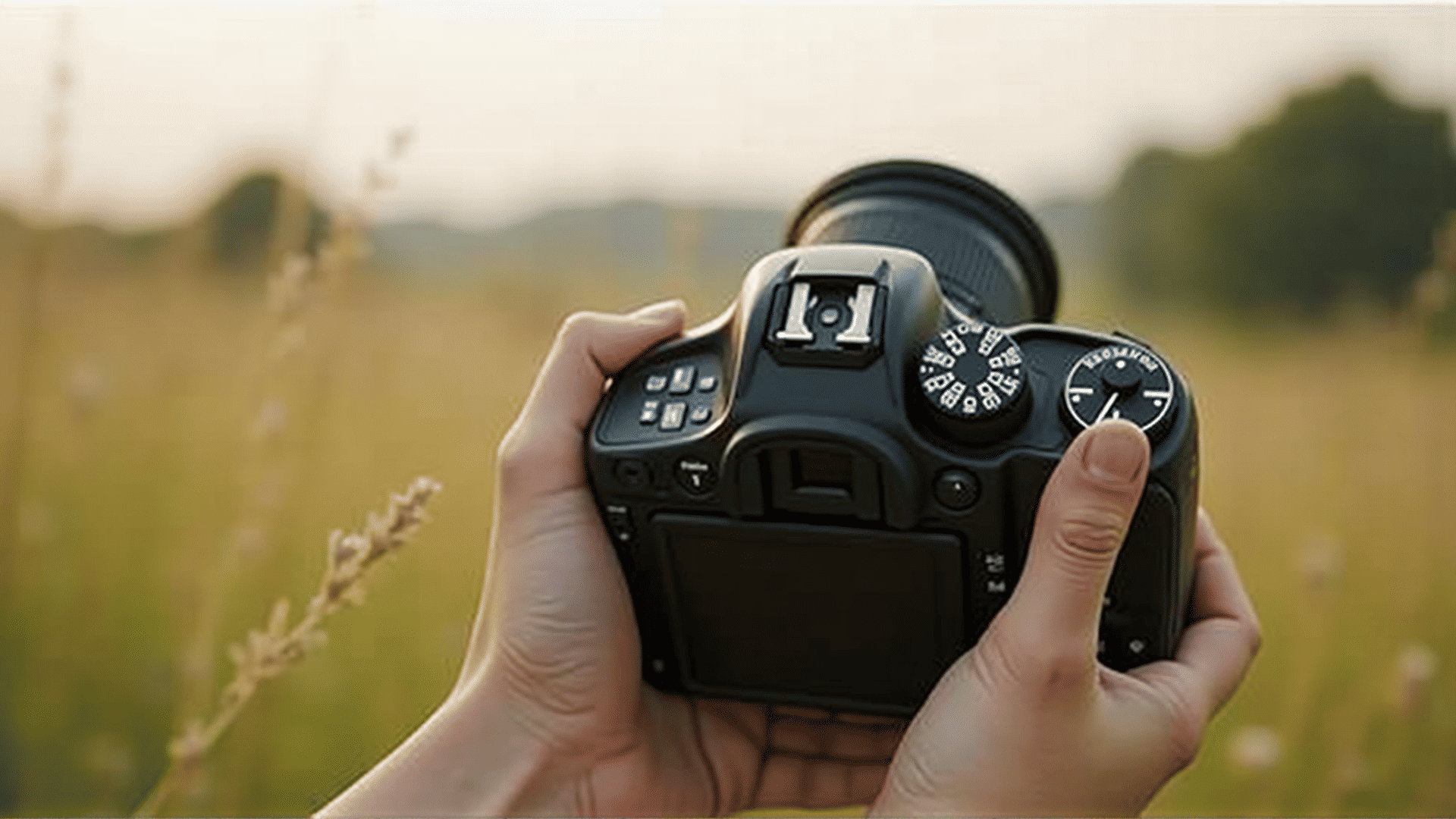Unlock the full potential of your camera by mastering its essential settings. Whether you're a seasoned shutterbug or a budding enthusiast, understanding how to manipulate your camera's controls can elevate your image-capturing game to new heights. Let's dive into some fundamental camera settings and discover how they can transform your photographic experience.
ISO: Sensitivity to Light
ISO refers to the sensitivity of your camera's sensor to light. A lower ISO value (e.g., 100 or 200) is ideal for bright conditions, such as sunny outdoor days, ensuring that your images remain crisp and clear. Conversely, a higher ISO setting (e.g., 1600 or 3200) can be useful in low-light situations, such as indoor events or nighttime scenes. However, be mindful that cranking up the ISO can introduce noise, resulting in grainy images. Striking the right balance between ISO and other settings is key to achieving the desired clarity.
Aperture: Depth of Field Control
Aperture is the opening in your lens that dictates how much light enters the camera. It's measured in f-stops, such as f/2.8 or f/16. A smaller f-stop number represents a wider aperture, allowing more light and creating a shallow depth of field. This is excellent for portraiture, where you want to highlight your subject against a beautifully blurred background. On the flip side, a larger f-stop number, or a narrower aperture, increases the depth of field, making it perfect for landscape shots where you want both the foreground and background in focus.
Shutter Speed: Freezing or Blurring Motion
Shutter speed determines how long your camera's shutter remains open to capture light. A fast shutter speed (e.g., 1/1000 of a second) can freeze fast-moving subjects, making it ideal for action photography or capturing sharp images of wildlife. Conversely, slower shutter speeds (e.g., 1/30 of a second) can introduce motion blur, which can creatively convey movement. These slower speeds require a steady hand or a tripod to prevent unwanted blur from camera shake.
White Balance: Achieving True Colors
White balance ensures that the colors in your images appear natural by compensating for different lighting conditions. Most cameras offer automatic white balance settings, but manually adjusting it can provide greater control. Whether you're shooting under fluorescent lights or capturing a sunset, setting the white balance appropriately can drastically change the mood and accuracy of your images.
Focus: Sharpness Where It Counts
Modern cameras often feature advanced autofocus systems, but understanding how to use manual focus can be invaluable, especially in challenging lighting conditions or complex compositions. Manual focus allows you to pinpoint the exact area you wish to highlight, ensuring critical sharpness.
Shooting Modes: Tailored to Your Needs
Cameras come equipped with various shooting modes designed to cater to differing circumstances. For instance, 'Aperture Priority Mode' lets you control the aperture while the camera selects the optimal shutter speed, ideal for managing depth of field. 'Shutter Priority Mode' puts shutter speed in your hands, perfect for capturing sports or other fast-paced activities.
Mastering these settings and knowing when and how to adjust them will enable you to capture compelling images in a multitude of situations. Each setting plays a pivotal role in defining the final shot, and experimenting with them will refine your skills and give you the creative freedom to express your unique vision. So, the next time you set out with your camera, take the time to explore and enjoy the endless possibilities that await beyond the automatic mode.
